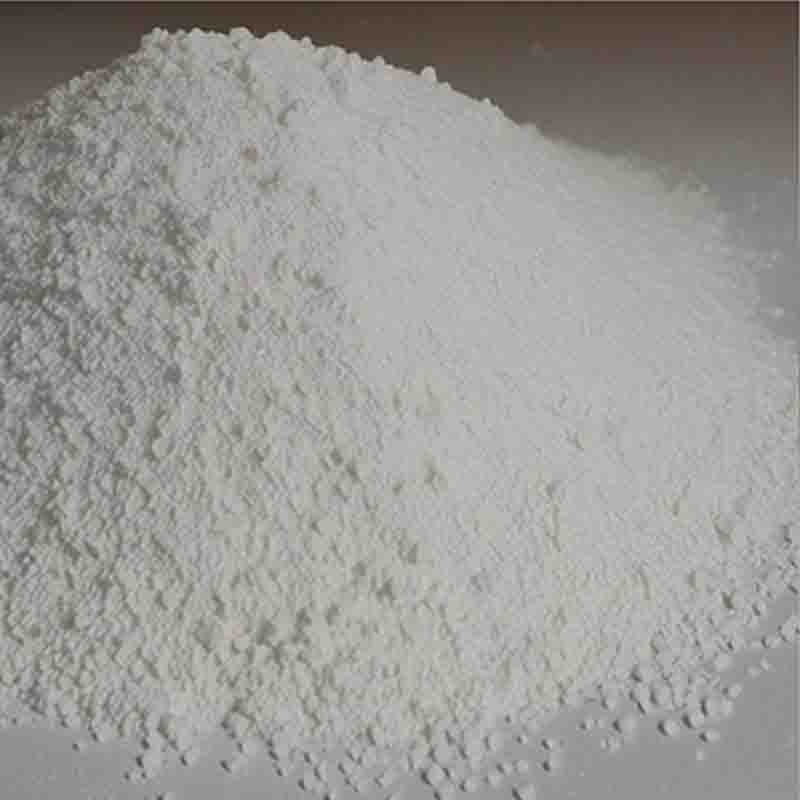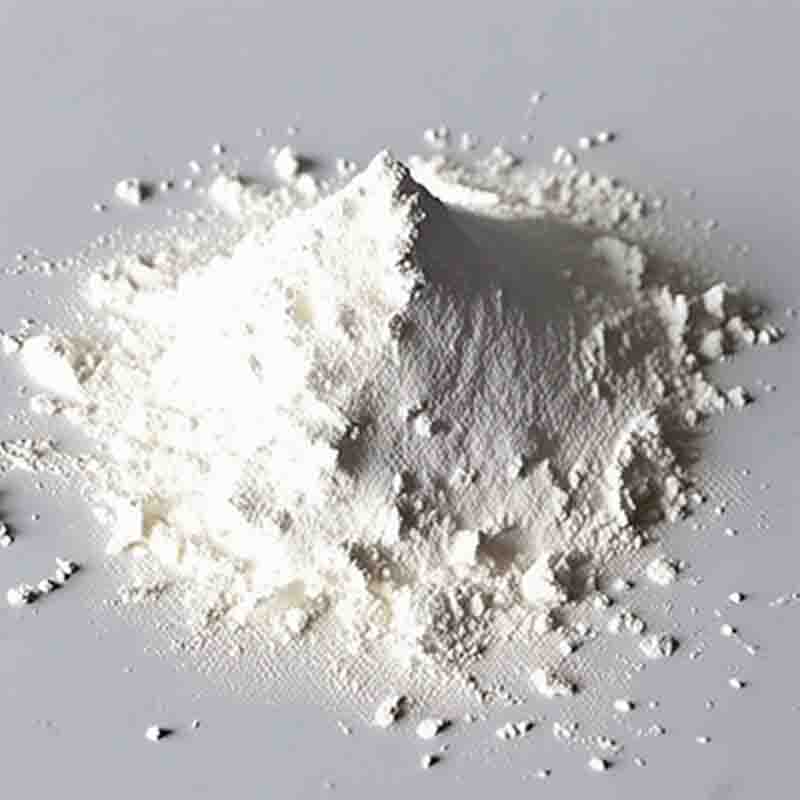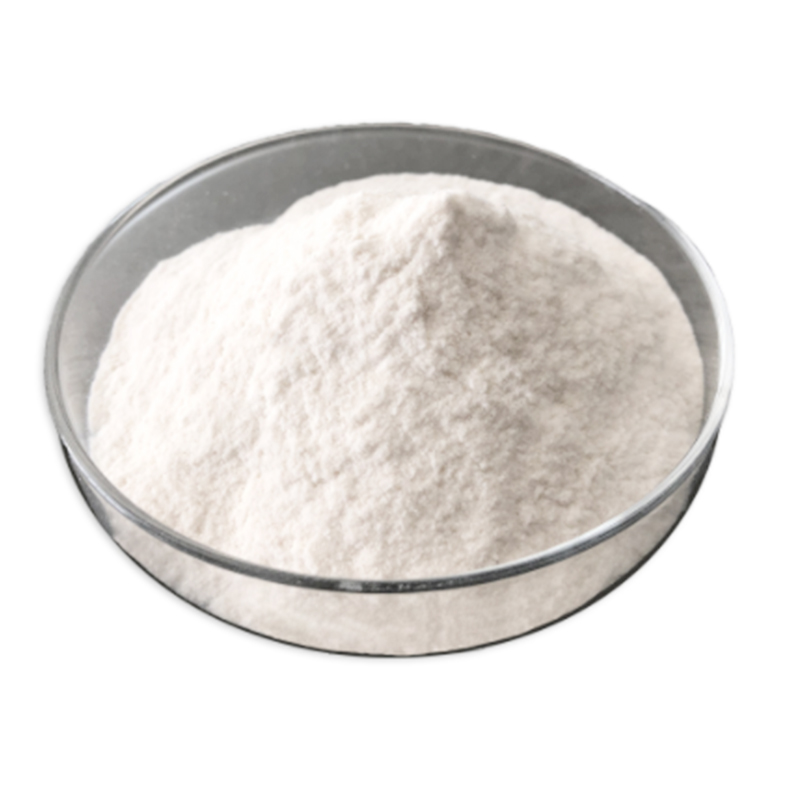Tris(dibenzylideneacetone)palladium CAS: 51364-51-3
| Catalog Number | XD93976 |
| Product Name | Tris(dibenzylideneacetone)palladium |
| CAS | 51364-51-3 |
| Molecular Formula | C51H42O3Pd2(OCOCH3)2 |
| Molecular Weight | 915.71738 |
| Storage Details | Ambient |
Product Specification
| Appearance | White powder |
| Assay | 99% min |
Tris(dibenzylideneacetone)palladium, commonly referred to as Pd(dba)3, is a palladium complex that is widely used as a catalyst in various organic reactions. It consists of three molecules of dibenzylideneacetone (dbap) ligands bound to a central palladium atom. Pd(dba)3 is typically a yellow or orange crystalline solid that possesses unique properties making it a highly useful compound in organic synthesis.One of the primary applications of tris(dibenzylideneacetone)palladium is its role as a catalyst in cross-coupling reactions. Cross-coupling involves the formation of carbon-carbon bonds between two different substrates, often employing organometallic reagents. Pd(dba)3 facilitates this reaction by acting as a source of palladium and promoting the coupling between the two substrates. This reaction is essential in the synthesis of pharmaceuticals, agrochemicals, and various organic compounds.Moreover, tris(dibenzylideneacetone)palladium is particularly effective in the Heck reaction, a widely utilized palladium-catalyzed coupling reaction. The Heck reaction involves the coupling of aryl or vinyl halides with alkenes or alkynes, resulting in the formation of new carbon-carbon bonds. Pd(dba)3 is a key catalyst in this reaction, enabling efficient and selective formation of these carbon-carbon bonds.Another significant application of tris(dibenzylideneacetone)palladium lies in its role as a catalyst in the synthesis of conjugated polymers. Conjugated polymers possess alternating double bonds in their backbone, rendering them highly conductive and suitable for applications in organic electronic devices, such as organic solar cells, light-emitting diodes (LEDs), and field-effect transistors (FETs). Pd(dba)3 has been instrumental in promoting the polymerization of monomers to form conjugated polymers with well-defined structures and excellent optoelectronic properties.Additionally, Pd(dba)3 is commonly employed as a precursor in the synthesis of other palladium catalysts. By modifying the dbap ligands or introducing additional ligands, chemists can tailor the reactivity and selectivity of the resulting catalysts for specific organic transformations. This versatility allows for precise control over the catalytic activity, making it an invaluable tool across a wide range of reactions.In conclusion, tris(dibenzylideneacetone)palladium (Pd(dba)3) is a highly versatile and widely used palladium catalyst in organic synthesis. Its applications span from cross-coupling reactions and Heck reactions to the synthesis of conjugated polymers. Moreover, its utility as a precursor for other palladium catalysts allows for the customization of catalysts to suit specific reaction requirements, further expanding its use in organic chemistry.









